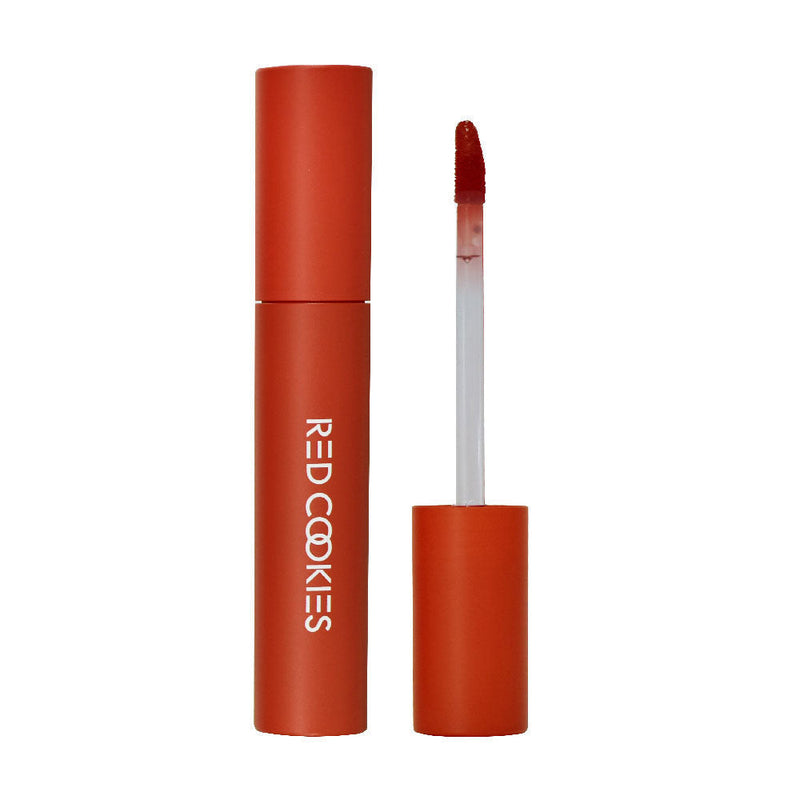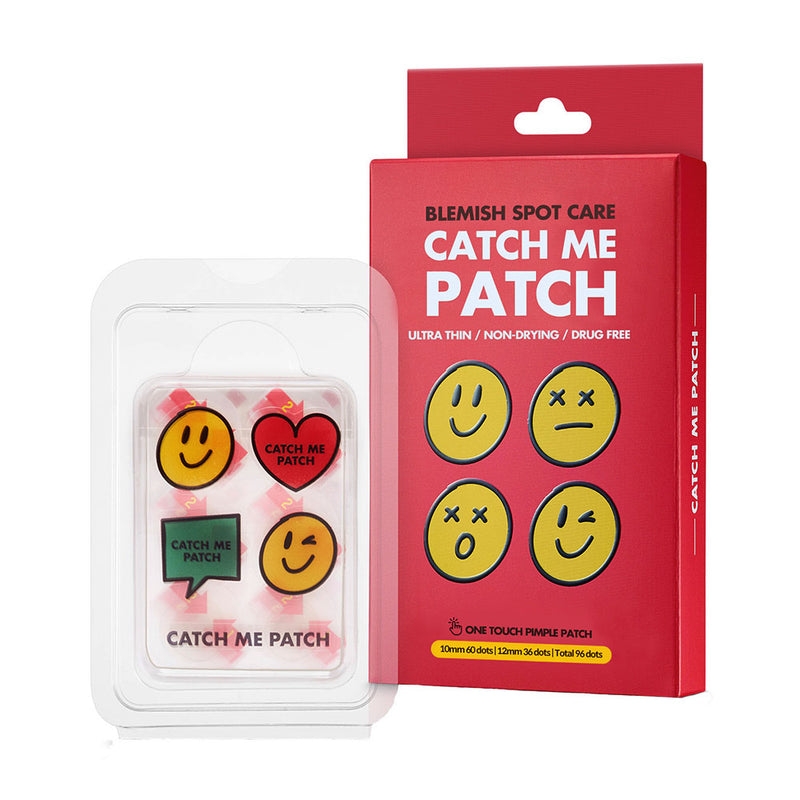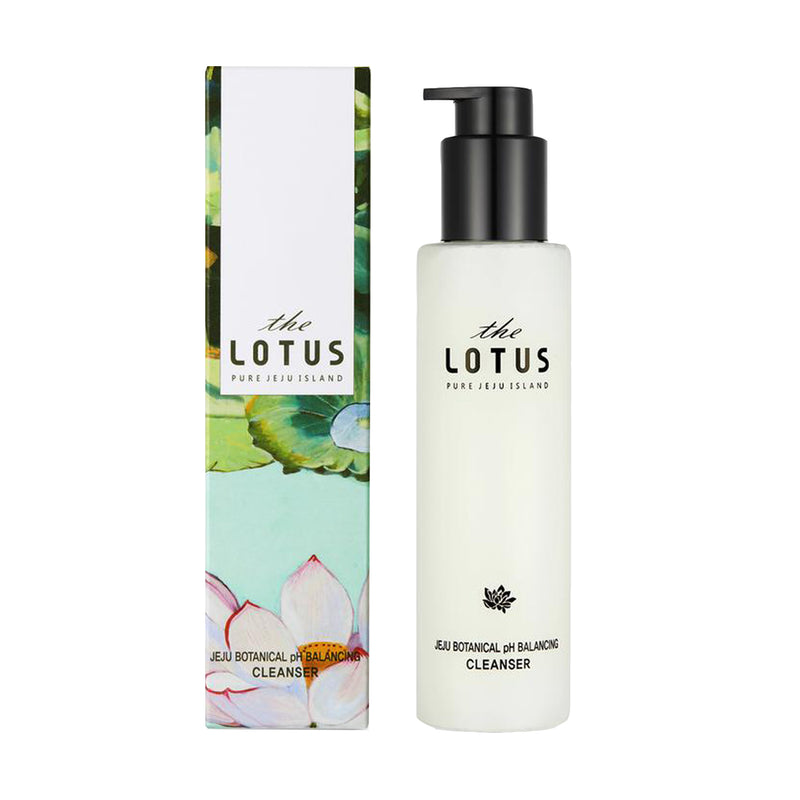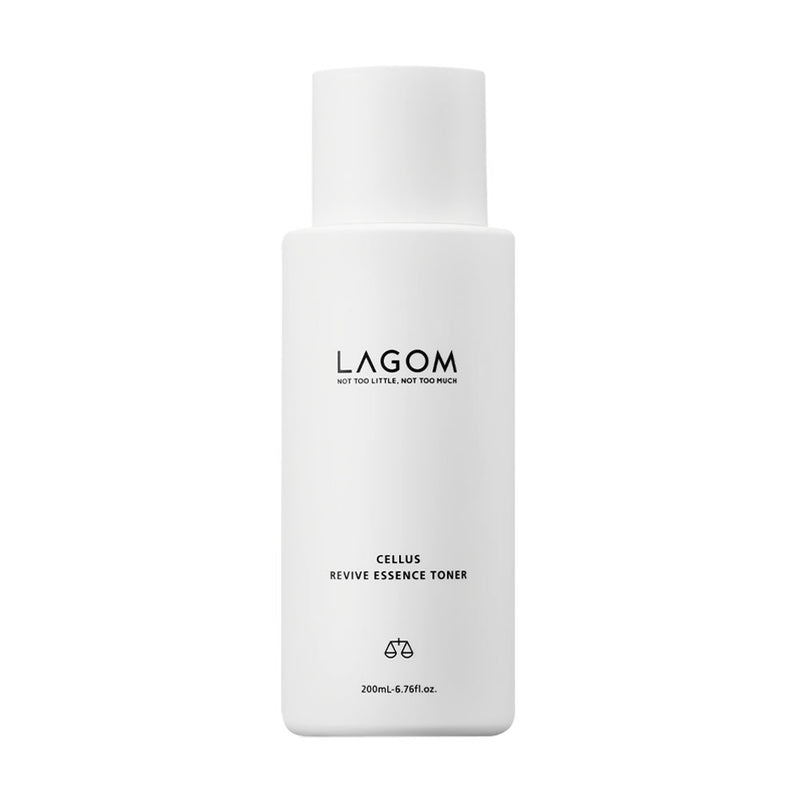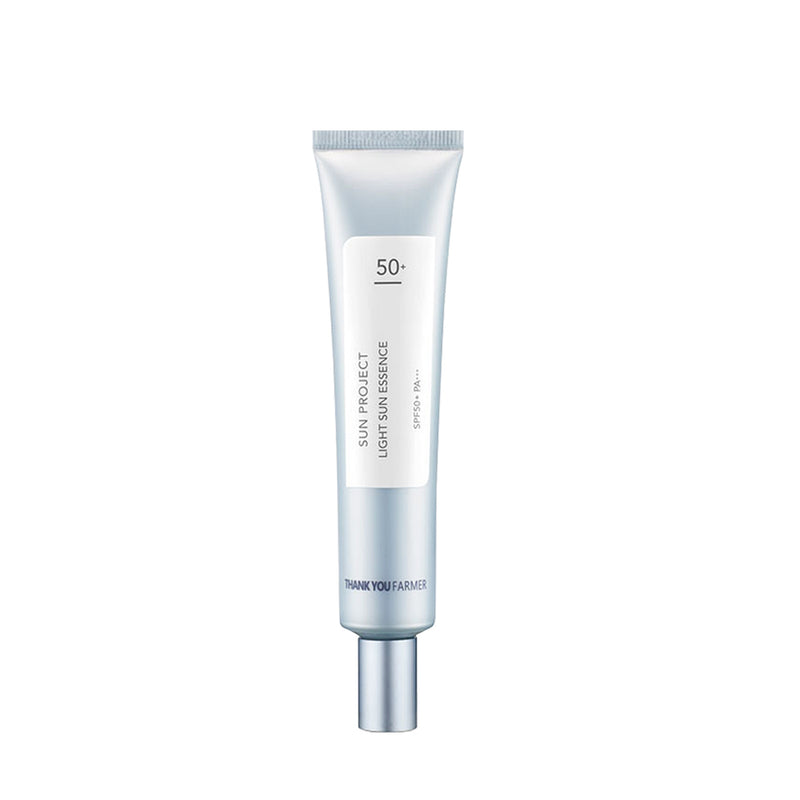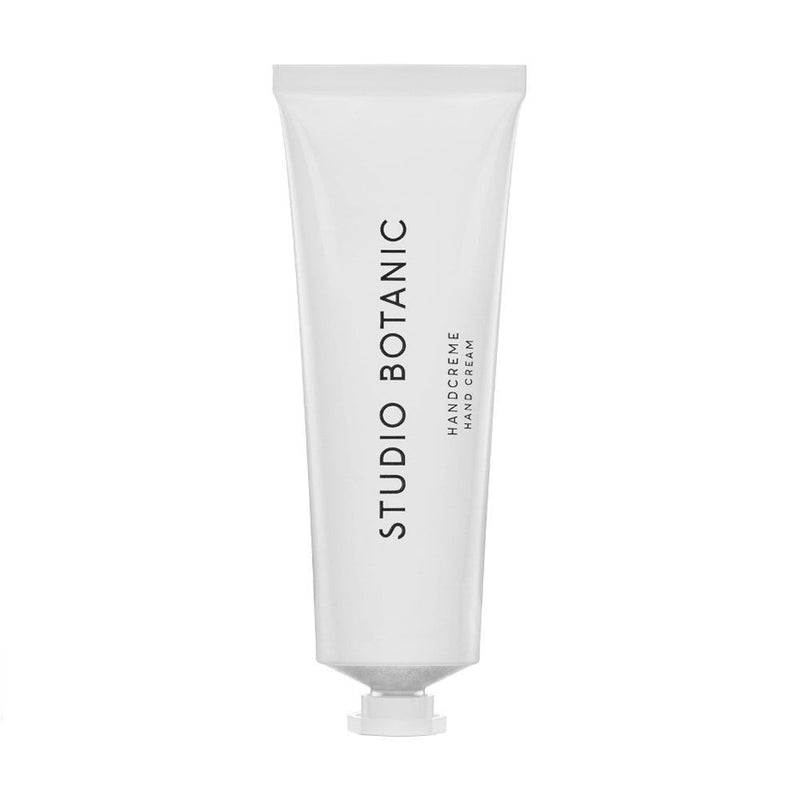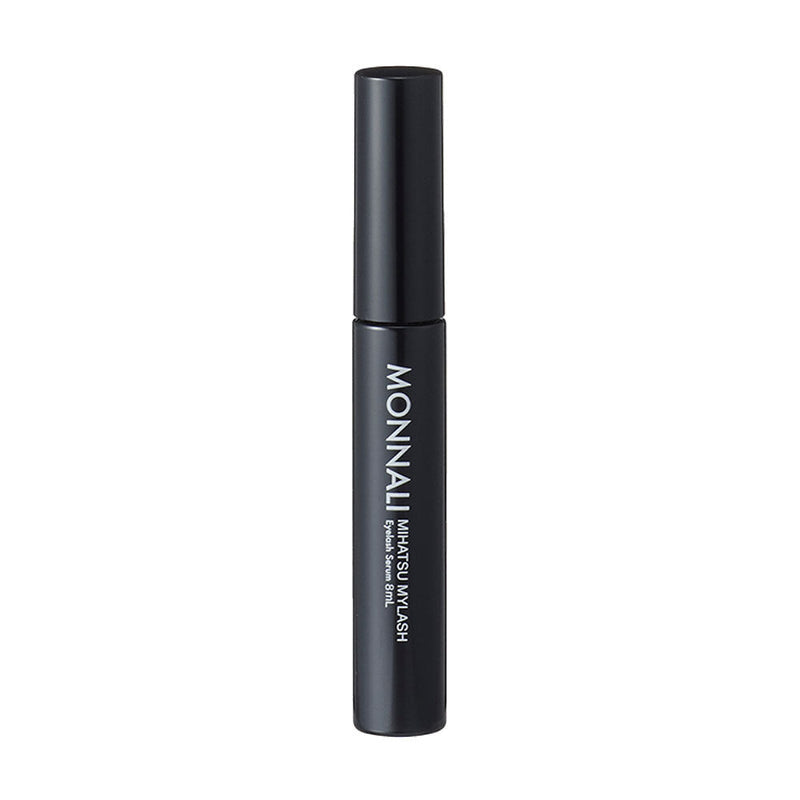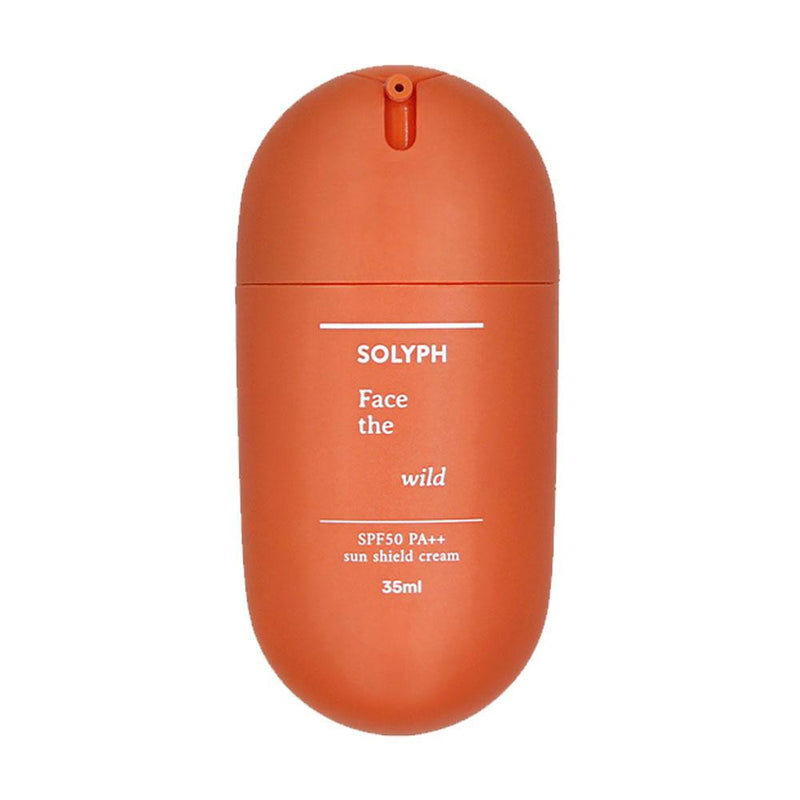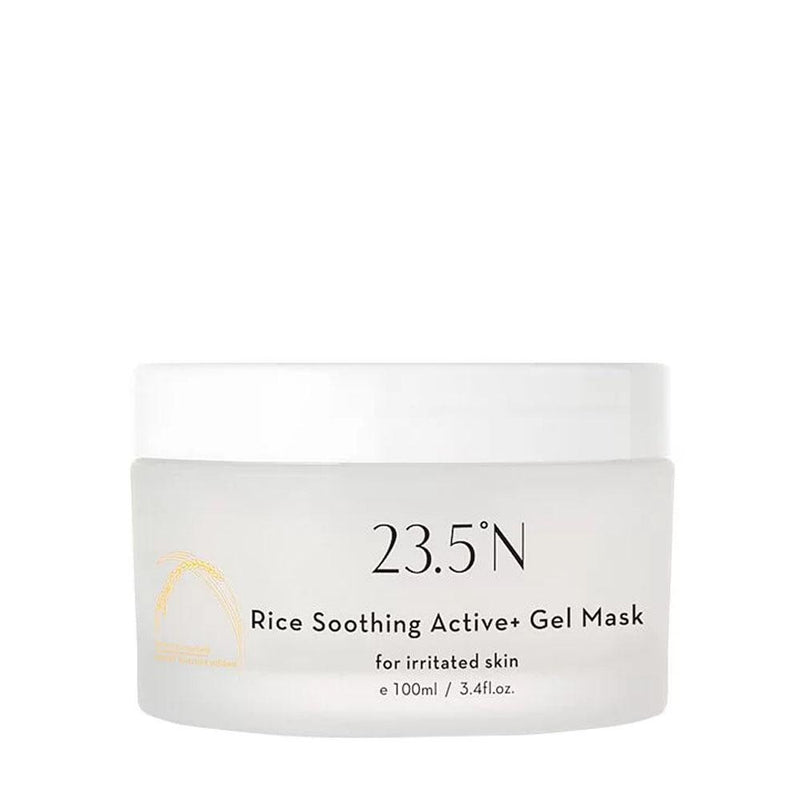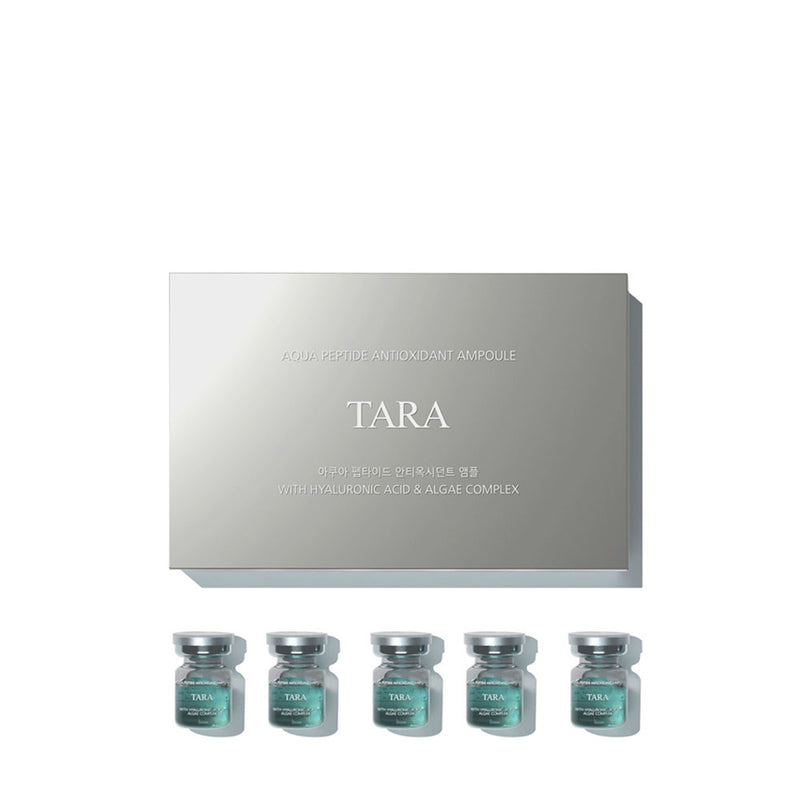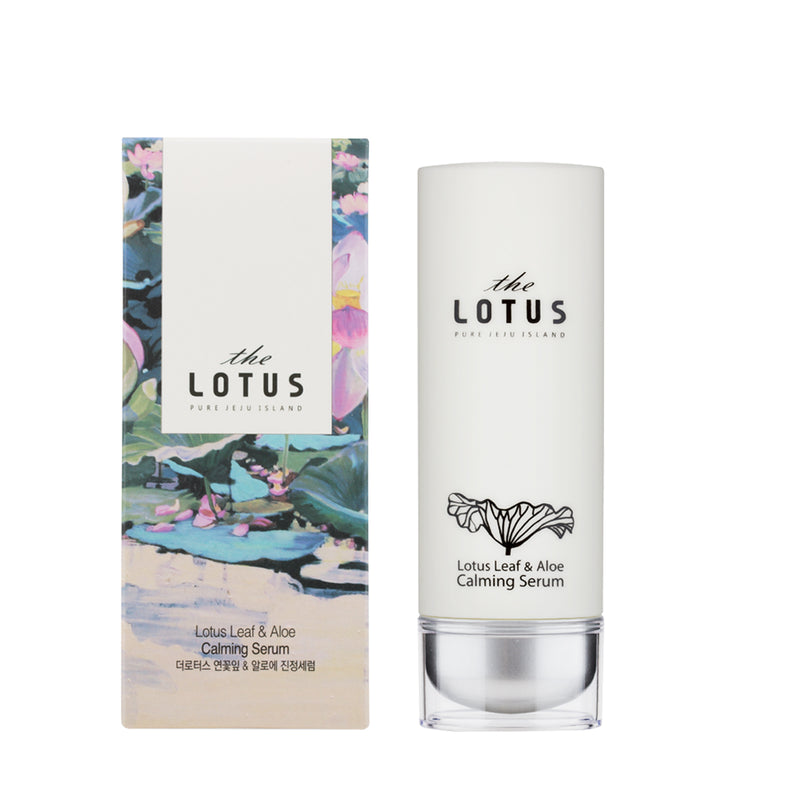Starting in muddy depths and rising through the water reaching for the light, the Lotus represents our strength and ability to grow from the dark into the light. A cherished symbol across many cultures, we explore its historical significance and how it can help our skin look pure and bright.
This beautiful quote shows how the late Japanese author, Masaru Emoto, viewed the lotus and the emotions it evoked in his 2003 book The Secret Life Of Water. Since ancient times, Lotus Flowers have been associated with the concept of life, ever-renewing youth, eternity, purity and divinity.
To the foodies among us, the Lotus is better associated with yummy lotus leaf rice, sweet and delectable lotus paste and other lotus seed desserts. To the religious, they are most often associated with resurrection, the Gods, Buddhism and Hinduisim and to us here at Asian Beauty X, we have been tracking and reviewing its use in skincare products for some time.
From cuisine to religion, literature, architecture, art, medicine, skincare - the list goes on - this mystical flower has gathered an all encompassing significance in the annals of human history. So what makes this flower so special and why does it hold such special symbolism?
A Living Fossil With A Fascinating Will To Live
A living fossil, the Lotus plant is a hardy flower that dates as far back as 145.5 million years, surviving the last ice age, a time of great ecological and geological change. It can thrive in extreme climates and can be found naturally in regions from Russia down to Australia and from China across to Iran.
It is this mysterious hardiness that has seen the Lotus come to symbolise human strength, the ability to grow and resurrect. In 1951, 3 ancient lotus seeds discovered in a dry lake bed in Manchuria, Northern China were successfully germinated. Carbon dating put the seeds at well over a thousand years old, proving the hardiness and resilience of the Lotus.
Blooming in the most unlikely of places, the symbolism of the Lotus is also drawn from the environment that it thrives in. Finding sanctuary in muddy, murky waters, the Lotus plant grows from the muddy depths, soaring majestically over the water’s surface, its beauty and presence blithely unaffected by the humble environs that it grows in.

The Cultural Heritage Of This Sacred Flower
It is these observations, made by poets, artists and philosophers alike, that birthed the myth of the Lotus and elevated the status of this flower to the paramount symbol in so many Eastern religions, art and cultures. Particularly prevalent to the Indian and Chinese cultures, it holds special significance in Hinduism and Buddhism.

The ubiquitous Buddhist mantra, Om Mani Padme Hum - Padme translates as “Lotus Flower” - describes the human soul's journey ascending to the light of wisdom from the darkness as represented by the blossoming of the Lotus Flower. And in the 1600’s the Lotus flower inspired the creation of the Lotus Dance performed in the courts of Vietnamese Kings that mimic the blossoming of the Lotus Flower in celebration of Buddha’s birth.
In Hinduism, the pink Lotus in particular is especially significant, often represented in religious art as the seat for various Gods and Goddesses such as Lakshmi, Brahma, Sarawasti and Ganesha. In the Bhagavad Gita (The Song of God), considered one of Hinduism’s main holy scriptures, the Lotus Flower is described as being analogous to the human spirit. Representing the folded heart, or the enlightened soul, the pristine flower petals and undirtied flower centre stands in contrast to the muddy conditions in which the Lotus Flowers thrives, representing a person who is untouched by the material world or emotional desires.
Its association to the Gods go beyond Buddhist and Hindu deities. In Egypt, legends tell of how the Egyptian sun God, Ra and Goddess, Isis, would appear whenever the flower blossomed. Especially sacred in Egypt was the Blue Lotus where secret temple gatherings within societal elites would consume sacred wines imbibed with Blue Lotus extract that resulted in a gentle euphoria.
The Lotus In Architecture And Art
Given its cultural and religious significance through the ages, the Lotus Flower has unsurprisingly also been the inspiration behind many works of art and architecture throughout history cementing the Lotus Flower in legend and lore.
One such work of art is the famous Lotus Temple in Delhi, India. A prominent tourist attraction dedicated in 1986, the Lotus Temple is a temple of the Baháʼí faith - a relatively young religion that preaches inclusivity and the unity of all people. The temple welcomes people of all faiths, gender and other distinctions.
Composed of 27 free standing white marble “petals” arranged in threes to form nine sides, its nine doors welcome the faithful and tourists alike who are embraced within the petals. The architectural symbolism is breathtaking and its beauty undeniable having won numerous architectural awards.

Closer to home by Marina Bay, stands the ArtScience Museum, an iconic cultural landmark. Modelled after the Lotus Flower, it was designed by the world renowned architect, Moshe Safdie. Part of the Marina Bay Sands integrated resort opened in 2011, it was once described as “The Welcoming Hand of Singapore” by the late Sheldon Adelson.

The ArtScience Museum has numerous accolades but most symbolically, it is the first museum in the world to combine arts, science, technology and culture. It offers constantly changing exhibits documenting the evolution of the world around us and making the enduring-Lotus shaped museum a contrasting and inspirational symbol of permanence amidst the impermanence of human existence.

The Lotus Flower is also well represented in art from ancient religious art to new contemporary artists like Tuyen Vu. A contemporary artist based in Hanoi, Vietnam, Tuyen Vu is strongly inspired by the Lotus Flowers’ religious meanings in Vietnamese culture. His art often depicts Lotus Flowers that bring across symbolic meanings of birth, death and rebirth, connoting happiness and the dynamism of life through abstract expressionism.
One artist I had the pleasure of meeting is Kang Myeongsun, better known as the Lotus artist of Jeju Island. She has been painting the Lotus for over 20 years having been enchanted by its pure beauty and mysterious life. Kang spares no effort in the pursuit of her craft, even making her own traditional paper canvases on which she creates her art.
Her lifetime fascination with the Lotus Flower isn’t unique with numerous artists and poets scattered across the world who have come to be enamoured by this beautiful flower but Kang’s commitment to her craft ultimately inspired her daughter Yu-Jin Oh, to found the popular boutique skincare brand, The Pure Lotus.

The Lotus In Skincare
Beyond its deep symbolism and cultural representations, Lotus Flowers have also been used in medicine and skincare for hundreds of years and are still in use till this day in some skincare products. In skincare, the white coloured variety is favoured for its antioxidant rich properties.
“Because of its antioxidant rich nature, only the white lotus has actually been used for centuries for its medicinal and preservative properties.” shares Yu-jin Oh, founder of kbeauty skincare brand The Pure Lotus. “As a natural preservative, its powdered form is sometimes used in the making of kimchi to enhance its health benefits and to keep the crispness and freshness of the kimchi”
White Lotus Extract or Nelumbo Nucifera is commonly found in Asian skincare brands, Lotus Extracts have fallen out of favour in recent years for more modern and trendy ingredients but still hold many numerous scientifically proven skincare benefits. Here are 4 reasons why you might want to look out for this hero ingredient the next time you are shopping for your skincare products.
1. Restores Skin Balance
Research shows that, especially when formulated with green tea, this flower aids the skin in oil/sebum production without stripping its natural moisture. If you have oily and acne-prone skin, products with lotus extract will prevent clogged pores and pimples.
2. Soothes Skin Inflammation
This flower helps the skin to heal from wounds and inflammation as it is rich in vitamin A. Thus making it effective in getting flawless, smooth skin for those who are more prone to inflammation.
3. Gentle Skin Exfoliation
Much like the hibiscus, the lotus also has natural alpha-hydroxy acids that would help one to exfoliate dead skin cells and restore your skin to be brighter and more radiant for a youthful look. This would be perfect for those with duller-looking skin.
4. Anti-ageing and Brightening
Finding something that would help to provide natural anti-ageing benefits to the skin? The lotus extract helps to firm one’s skin to improve elasticity, brighten skin and lessen wrinkles. With antioxidants, damage to the skin from the radicals and signs of ageing are also prevented.
While occassionally found in some Kbeauty products, Jeju-based kbeauty brand, The Pure Lotus uses the White Lotus Extract as its hero ingredient. At the heart of this unique Jeju brand is the beauty and mysticism of the White Lotus Flowers - from which it lends its name - that are lovingly harvested from the grounds of the Beobhwa Temple where they have grown for nearly 800 years.

Formulated with a unique blend of rich botanical extracts sourced exclusively from plants grown on the mineral-rich volcanic island of Jeju. The Pure Lotus products are natural antibacterial and are rich in antioxidants and flavonoids that help protect your skin against signs of premature ageing and provide a wide range of skincare benefits.
The Pure Lotus products are now available exclusively at Asian Beauty X.
Jeju Lotus Botanical pH Balancing Cleanser, $39

A gentle cleanser, sulphate-free cleanser with a pH level of 6.5 is suitable for sensitive skin. Effective as both steps in a double cleanse routine, it pumps a thick gel texture with a bright, citrus scent that is mild and pleasant.
Lotus Leaf & Aloe Calming Serum, $49

Combining the antioxidants of Lotus Leaf Extract with the soothing properties of Aloe Vera, this unique serum is especially ideal as an aftersun serum for skin that’s been irritated by too much sun exposure or heat. Great for the tropics!
Jeju Lotus Leaf Essence, $72

Making use of 85.5% Lotus Leaf Extract instead of water, Jeju Lotus Essence from The Pure Lotus is a luxurious and convenient 2-in-1 toner essence that helps balance your skin's natural pH level delivering antioxidant rich hydration to tired skin.
About the writer

Linn Let Min, a girl born in Myanmar but raised in Singapore. She makes it her mission to embark on a new adventure every day and not to waste her youth. Her motto in life would be to "live in the moment, think later".
